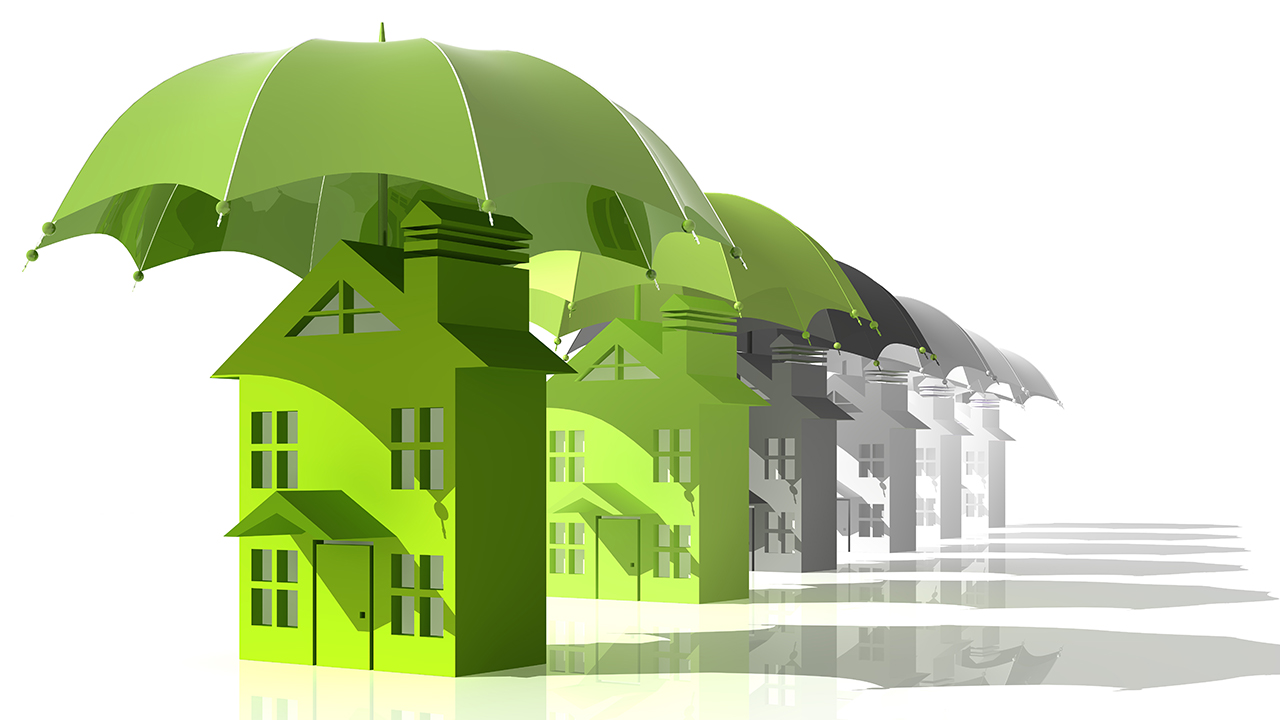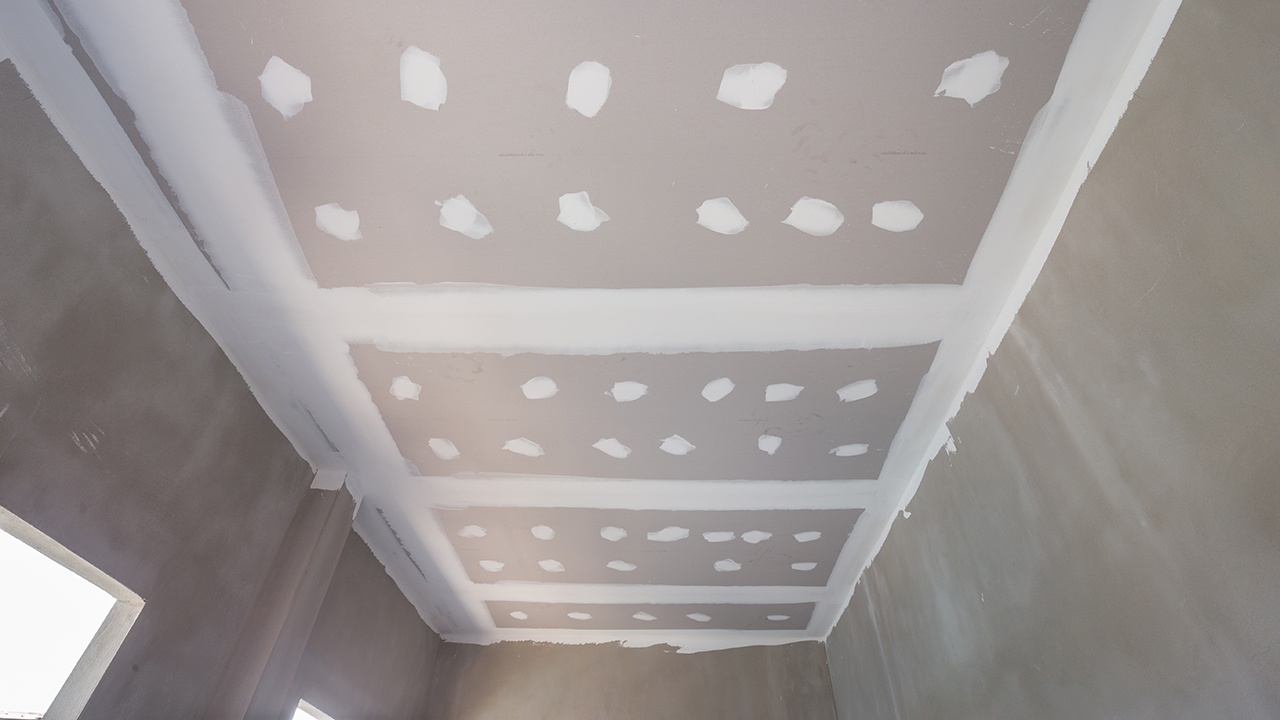6 Things You Should Know About FHA Loans
After the financial crisis hit the US back in 2008, FHA loans suddenly became pretty popular among borrowers who found it tough to secure a conventional mortgage. Before that, FHA loans were typically an option reserved mainly for low-income homebuyers.
Fast forward eight years later, and FHA loans are still a popular option for homebuyers who might struggle to get approved for a conventional mortgage. Thanks to their lower down payment requirements and softer lending criteria, FHA loans often make an attractive alternative for many borrowers.
Here are a few things you should know about these types of loans if you’re considering one.
1. An FHA-Approved Lender is Required
Don’t let the name fool you – the FHA itself doesn’t actually provide loans directly to borrowers. Instead, these loans need to be funneled through an FHA-approved lender. The FHA insures these loans and backs up lenders who provide them to qualified borrowers. That means the FHA will reimburse the mortgage company for its losses should the borrower default on payments.
In exchange for this insurance, borrowers are charged both an upfront fee and a yearly premium. This added protection gives FHA-approved lenders the ability and peace of mind to offer financing to borrowers who might not necessarily qualify for a typical home loan.
2. Mortgage Insurance Can Make FHA Loans More Expensive Than Conventional Ones

Speaking of insurance, it’s this feature that tends to make up the biggest cost for FHA loans. While the interest rates are often lower than conventional rates through Freddie Mac and Fannie Mae, mortgage insurance can make FHA loans more expensive.
As stated above, FHA mortgage insurance premiums (MIP) insure your loan in the case of default. It’s these premiums that allow the FHA to continue to keep this program available to homeowners without dinging the taxpayer.
FHA mortgage insurance premiums are paid in two parts. The first, referred to as “Upfront MIP,” is paid out at closing. This amount is automatically added to the mortgage balance by the FHA and is equal to 1.75% of the amount of your loan.
Your yearly mortgage insurance premiums, on the other hand, are paid out on a monthly basis. The cost of these annual MIP payments range depending on your location, and can be as high as 1.10% in more expensive areas of the country like New York City or San Francisco. On average, however, MIP is usually somewhere between 0.45% and 0.85% per year. The exact cost will also be based on how much is being borrowed, the length of the loan, and the loan-to-value ratio (LTV).
3. Minimum Down Payment is 3.5%
You’re probably already aware of the fact that FHA loans don’t require massive down payments in order to get approved for one. That’s probably one of the big traits that may have lured you to FHA loans in the first place.
What you may not know is that there is a minimum down payment, albeit a pretty small one. For the majority of borrowers, a minimum of 3.5% of the purchase price of a property is required by the FHA. That’s a very appealing feature of these loans when you factor in how expensive a home purchase can be.
4. Your Down Payment Will Determine the Credit Score Needed For Loan Approval
While FHA loans attract borrowers who don’t have excellent credit or a large amount of liquid cash to put towards a down payment, there is a caveat. The minimum credit score needed to be approved for an FHA mortgage depends on the type of loan that’s required by the borrower. In order to take advantage of a 3.5% down payment, your credit score needs to be 580 or higher.
If your score is between 500 and 579, you’ll need to come up with at least a 10% down payment. Make sure you know your credit score before applying for an FHA loan so you don’t come across any unpleasant surprises.
5. Closing Expenses May Be Covered
When buying a home, plenty of closing costs can creep up on the sale and really put a dent in the wallet. Appraisals, lawyer fees, title expenses, credit reports, and other closing costs can add up, but many times the FHA will allow such costs to be covered by sellers, lenders, and home builders. Oftentimes these costs are offered as an incentive for the buyer to purchase a certain property.
As great as this sounds, there’s a catch: lenders may charge a higher interest rate on the FHA loan if they pay for closing costs. Before agreeing to such an arrangement, it’s a good idea to compare loan estimates to determine which option makes more economic sense.
6. Costs of Certain Repairs Can Be Built Into the Loan

If the home you plan on buying needs a little TLC, you might be able to access the extra cash needed to bring the home up to par. The FHA has a product called an FHA 203(k) loan which helps cover the costs associated with repairs and renovations. This specialized loan product is built into the mortgage, so you end up paying for the repair costs little by little rather than all in one shot. This can be extremely helpful if you can’t scrape together a lump sum of money to pay for the renovations.
As if this wasn’t beneficial enough, the loan amount is based on the forecasted value of the home after the repairs are done, rather the current appraised value.
Getting a mortgage can be tough if your financial ducks aren’t all in a row. FHA loans can be a great option if you find yourself struggling to scrounge a decent amount of cash for a down payment, or if your credit score is barely scratching the surface of what’s considered stellar. But there are also other expenses that come with these government-backed loans; namely, mortgage insurance. Make sure you have an in-depth chat with your mortgage specialist to determine whether or not taking the FHA loan route is best for you.



